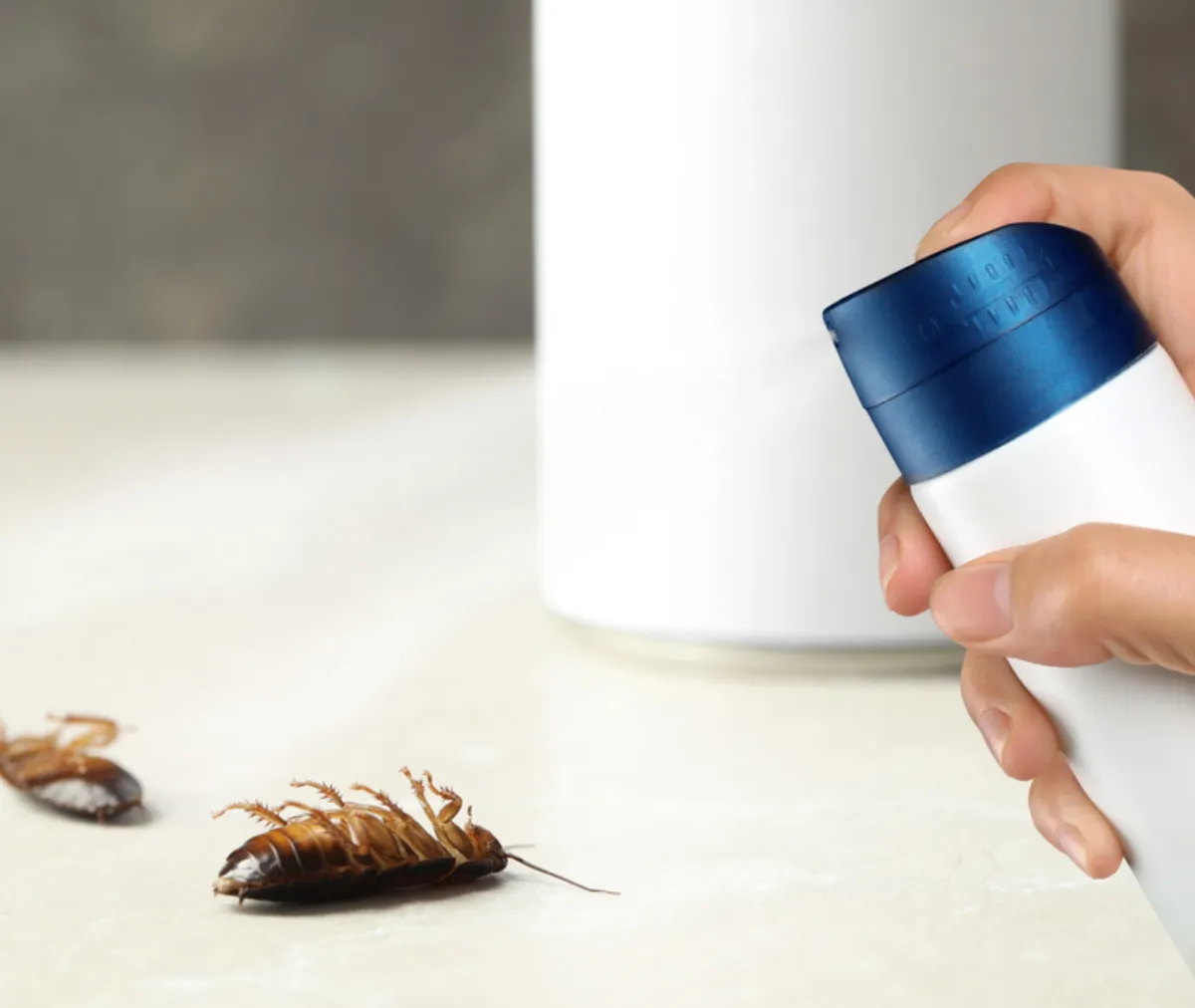
5 Essential Steps to Prevent Rodents and Pests During National Migraine Awareness Month
National Migraine Awareness Month is a time to reflect on the impact of migraines and raise awareness about the challenges people face in managing these painful conditions. While it’s crucial to focus on migraine relief and prevention, an often overlooked factor is the role that pests and rodents can play in triggering migraines. Certain pests, like rodents, cockroaches, and even dust mites, can worsen the indoor environment, leading to increased allergens and potential migraine triggers. In this article, we’ll discuss five essential steps you can take to prevent rodents and pests, creating a safer and more comfortable living space for those affected by migraines.
1. Eliminate Clutter and Food Sources
Rodents, insects, and other pests are naturally attracted to food sources. As a preventative measure, eliminate clutter and keep food items sealed and stored properly. Crumbs left on countertops or in corners can quickly become a snack for pests like ants, roaches, and rodents. Consider taking the following steps:
Store food in airtight containers to prevent pests from accessing it.
Regularly clean kitchen surfaces and floors, paying close attention to hard-to-reach places.
Dispose of trash promptly and seal garbage bags before placing them in the trash can to prevent pests from accessing them.
By keeping the environment clean and free from food debris, you not only deter pests but also reduce the chances of allergens that could trigger migraines.
2. Seal Entry Points and Close Gaps
Rodents, especially mice and rats, can fit through very small openings in your home, such as cracks in windows, walls, or around door frames. In addition to providing a route for rodents, these gaps can also allow insects like ants, termites, and cockroaches to enter. The best way to prevent these pests from invading is by sealing off potential entry points:
Check windows and doors for gaps or cracks and seal them with weatherstripping or caulking.
Inspect your home’s foundation, ensuring there are no cracks that might allow pests to enter.
Repair torn window screens and ensure that vents and chimneys are properly sealed to keep rodents and insects out.
Sealing up entry points creates a significant barrier to pest infiltration and can help reduce indoor allergens, which may be particularly important for migraine sufferers.
3. Control Moisture and Humidity
Excess moisture in the home is a major attractant for pests like termites, cockroaches, and rodents. High humidity levels can also foster mold growth, which is another potential migraine trigger. To create an environment less inviting to pests and healthier for migraine sufferers, it’s important to control moisture:
Fix any leaks around pipes, faucets, or appliances to prevent water accumulation.
Use dehumidifiers in areas like basements, bathrooms, and kitchens where moisture tends to build up.
Ensure proper drainage around your home by keeping gutters clean and directing rainwater away from the foundation.
A dry and well-ventilated home not only reduces the risk of pests but also keeps allergens like mold and mildew at bay, promoting a healthier environment for individuals with migraines.
4. Use Natural Pest Control Methods
For families that want to avoid harsh chemicals, natural pest control methods can be an excellent alternative. Many chemical pesticides can introduce additional indoor air pollutants, which may trigger headaches or migraines in sensitive individuals. Opting for non-toxic, natural pest control solutions helps protect both your home and your health:
Essential oils such as peppermint, eucalyptus, and lavender can repel pests like ants and mosquitoes. Use a diffuser or spray these oils in areas where pests are common.
Diatomaceous earth, a fine powder made from fossilized algae, can be sprinkled around entry points or in areas with a pest infestation to safely kill pests like ants and cockroaches without using chemicals.
Boric acid is another non-toxic option that can be used for controlling roaches and ants when sprinkled in cracks or crevices.
By choosing natural pest control methods, you not only avoid chemical exposure but also reduce the risk of aggravating migraines.
5. Implement Regular Pest Inspections
Preventing pests from becoming a problem is often easier than dealing with an infestation once it has taken hold. Regular pest inspections, whether performed by a professional or as part of your routine, can help detect early signs of infestation and stop problems before they escalate. Many pest control companies offer inspection services that are tailored to your home’s needs. During these inspections, they will check for:
Signs of rodent activity, including droppings, gnaw marks, or nests in attics and basements.
Termite damage, such as hollowed-out wood or mud tubes along walls.
Insect nests and egg sacs, especially in areas like under sinks or inside walls.
Early detection allows for prompt intervention, preventing pests from causing lasting damage to your home and reducing the risk of triggering migraine symptoms due to allergens or odors.
Conclusion
During National Migraine Awareness Month, it’s important to consider how pests and the environment around us can influence migraine triggers. By eliminating food sources, sealing entry points, controlling moisture, opting for natural pest control solutions, and performing regular pest inspections, you can create a safer and healthier home environment for everyone. These simple yet effective steps will help ensure that pests are kept at bay, which not only protects your home but also contributes to reducing potential migraine triggers.
With these pest control measures in place, your home will be a more comfortable and safe place for anyone affected by migraines, allowing you to focus on relief and recovery while keeping your family free from pests.